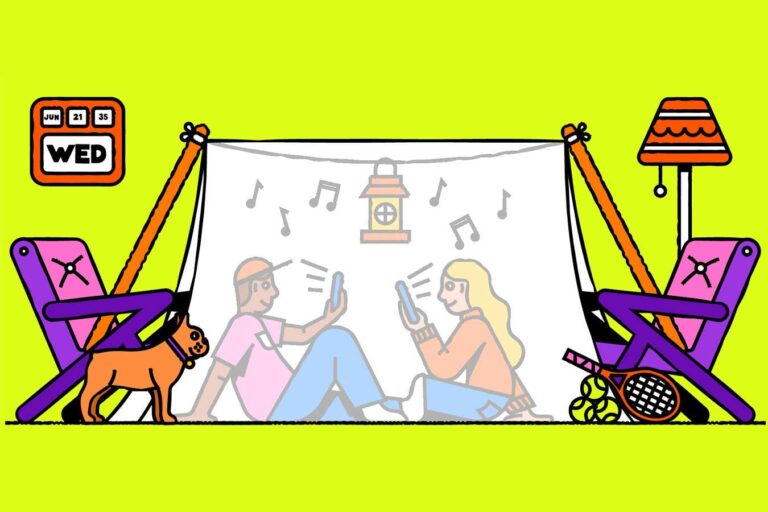
“Put that phone away!” Most parents have yelled something similar to this at their children, usually resulting in a shocked look on the child's face.
In recent years, the spread of smartphones and social media has led us to spend more time in front of screens. Children are no exception. The COVID-19 pandemic has led to a significant increase in children's screen time due to lockdowns and school closures.
There are many frightening claims about excessive screen time for children and teens: that it harms their mental health, leading to depression, eating disorders and even suicide; that it cuts into time they could be spending on socializing and exercise, making them feel lonely and less physically fit; and more. In short, the fear is that spending too much time on digital devices is ruining our children's lives, with the tech companies who design the apps that keep us hooked being complicit. It's no wonder that governments around the world are considering restricting screen time for under-18s.
Yet a closer look at the evidence does not support this overwhelmingly negative view. This does not mean that the tech giants are harmless and that further regulation is not needed. But it does mean that we need to think more carefully about what healthy screen time looks like for young people, and how we can make the online world the most accessible to them. So here is your guide to what we actually know about the impact of screens and social media.
One thing is clear in this complex field: children and young people, like the rest of us, spend a lot of time in front of screens.


